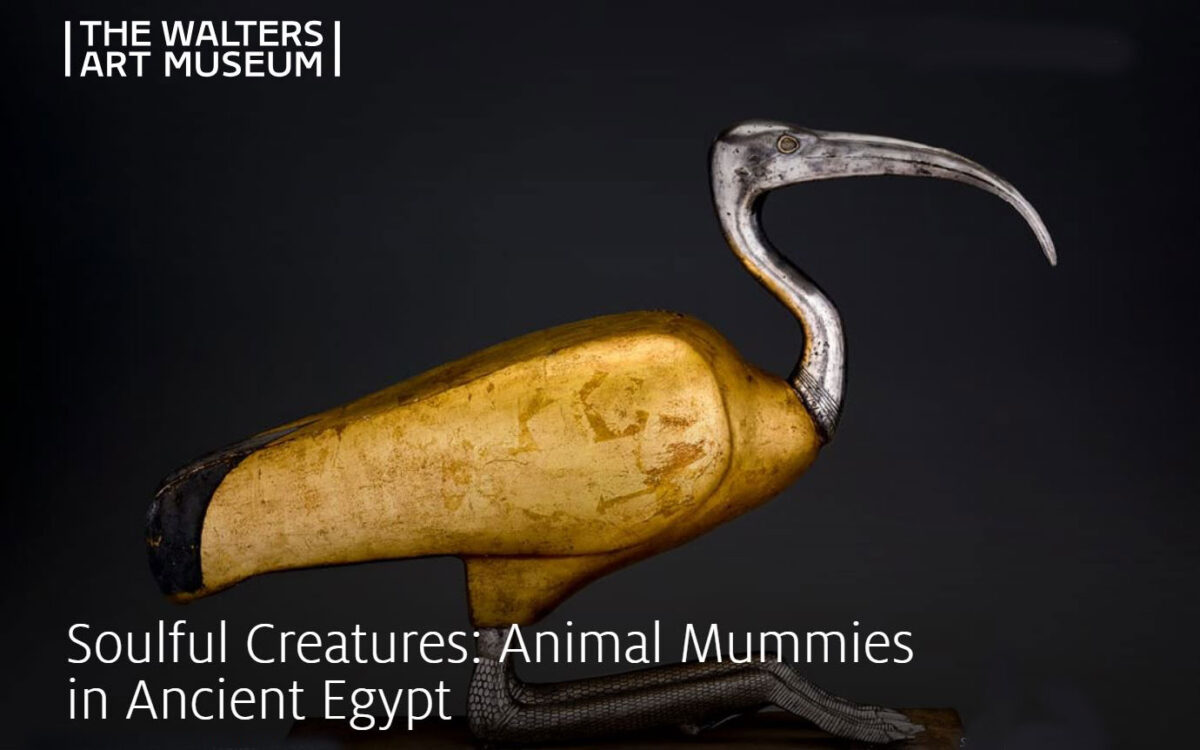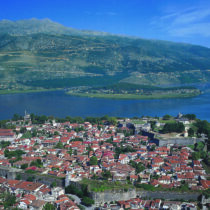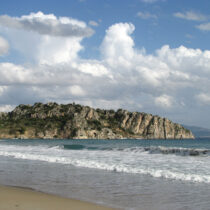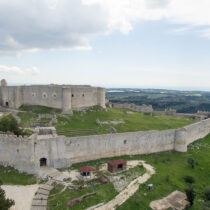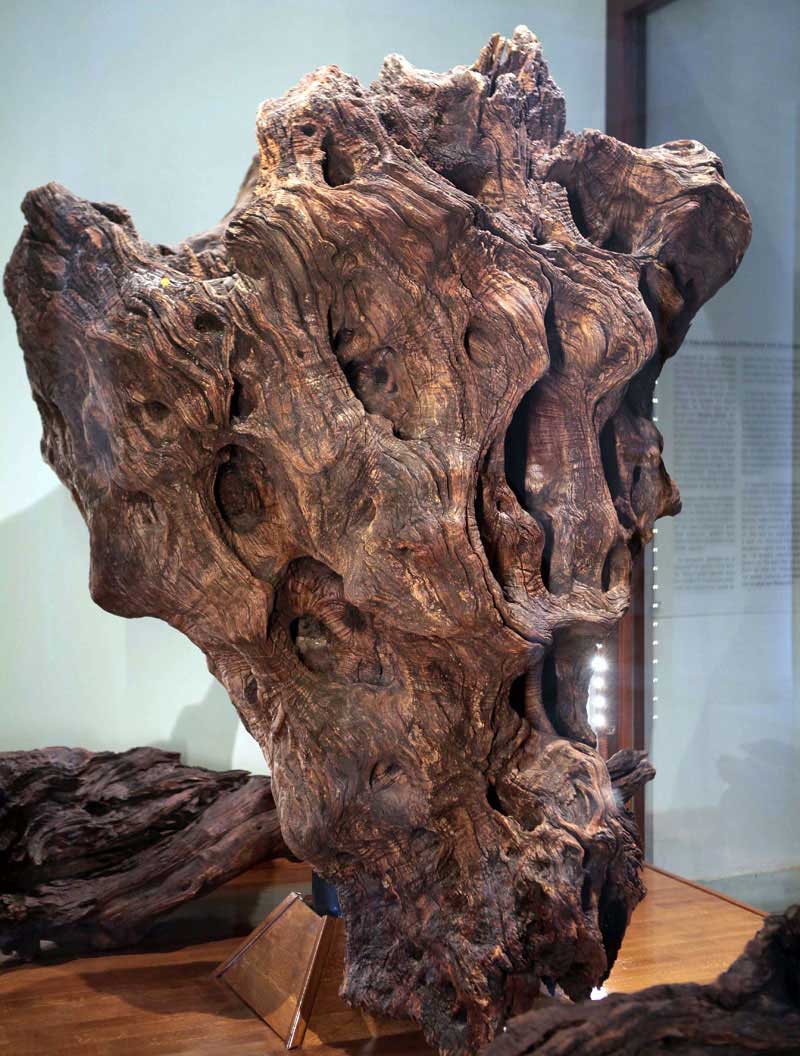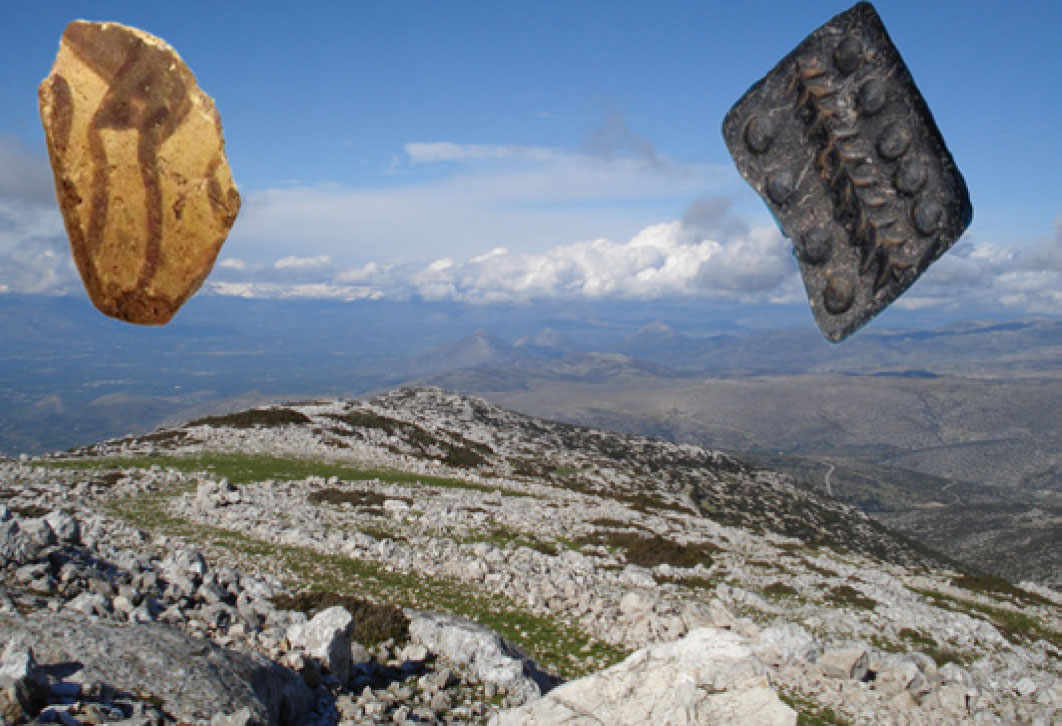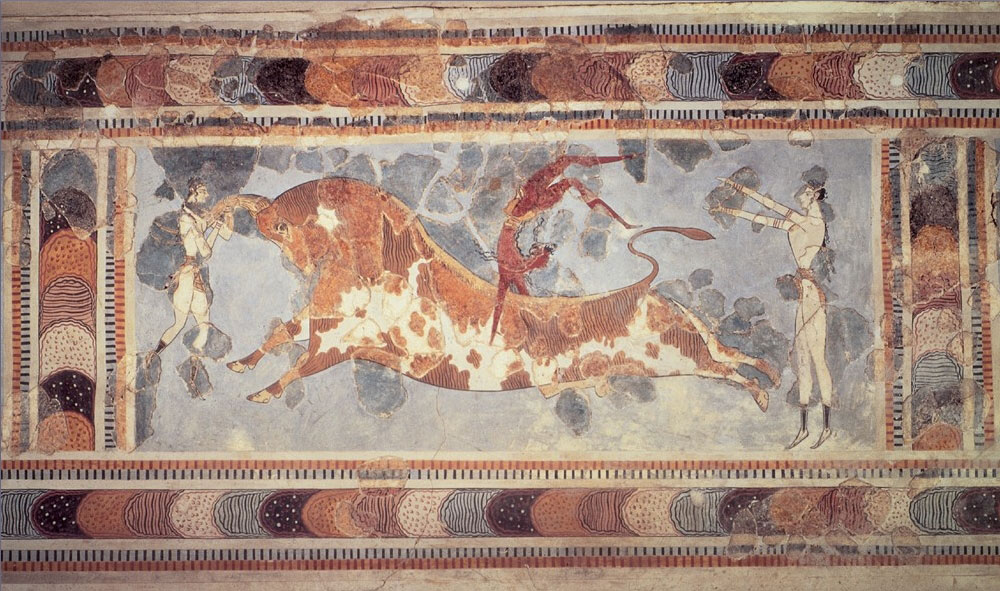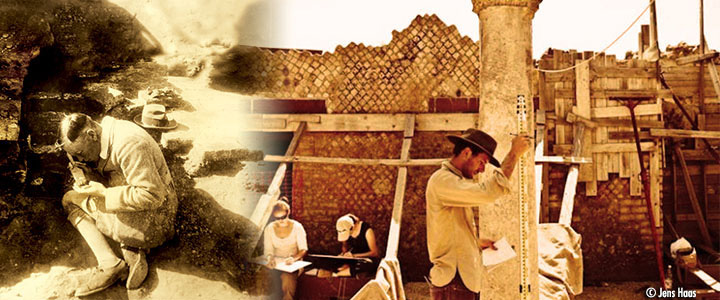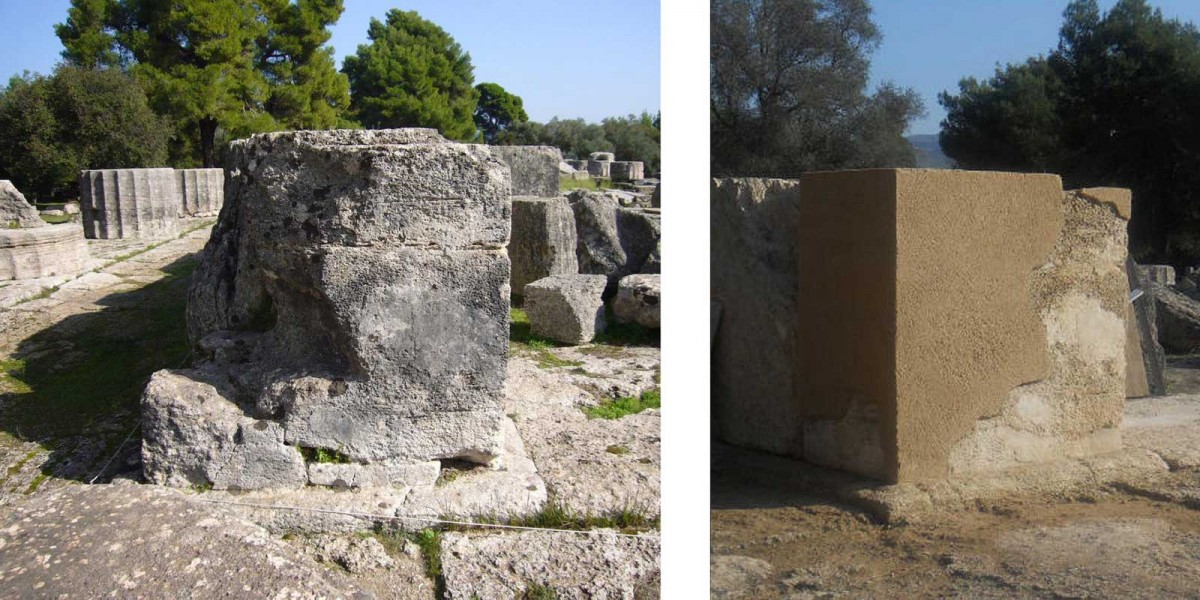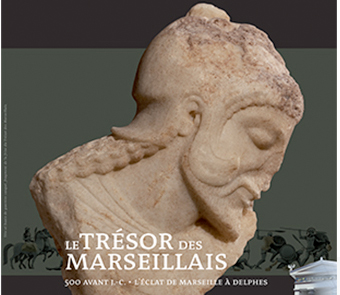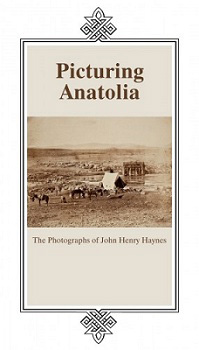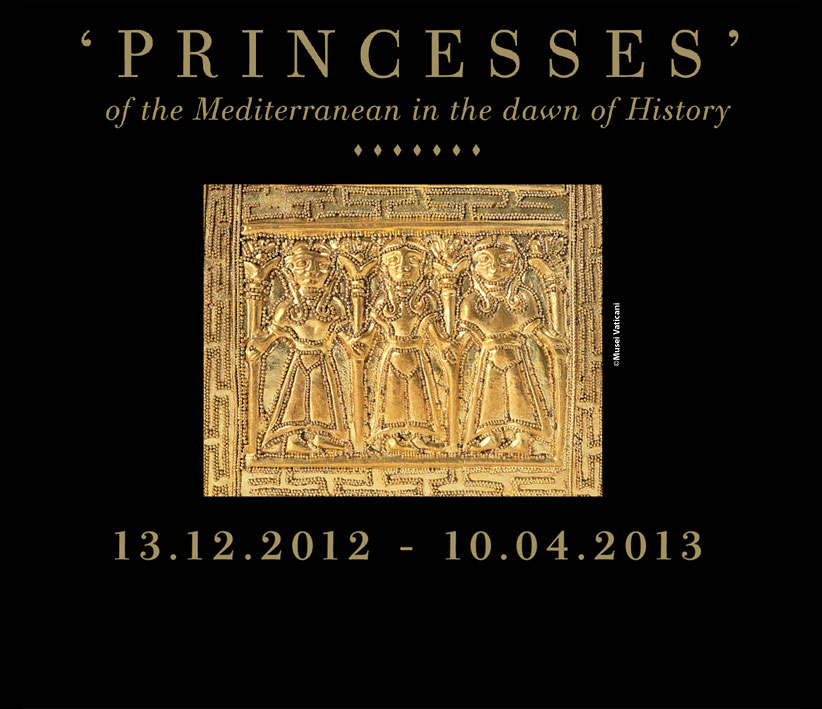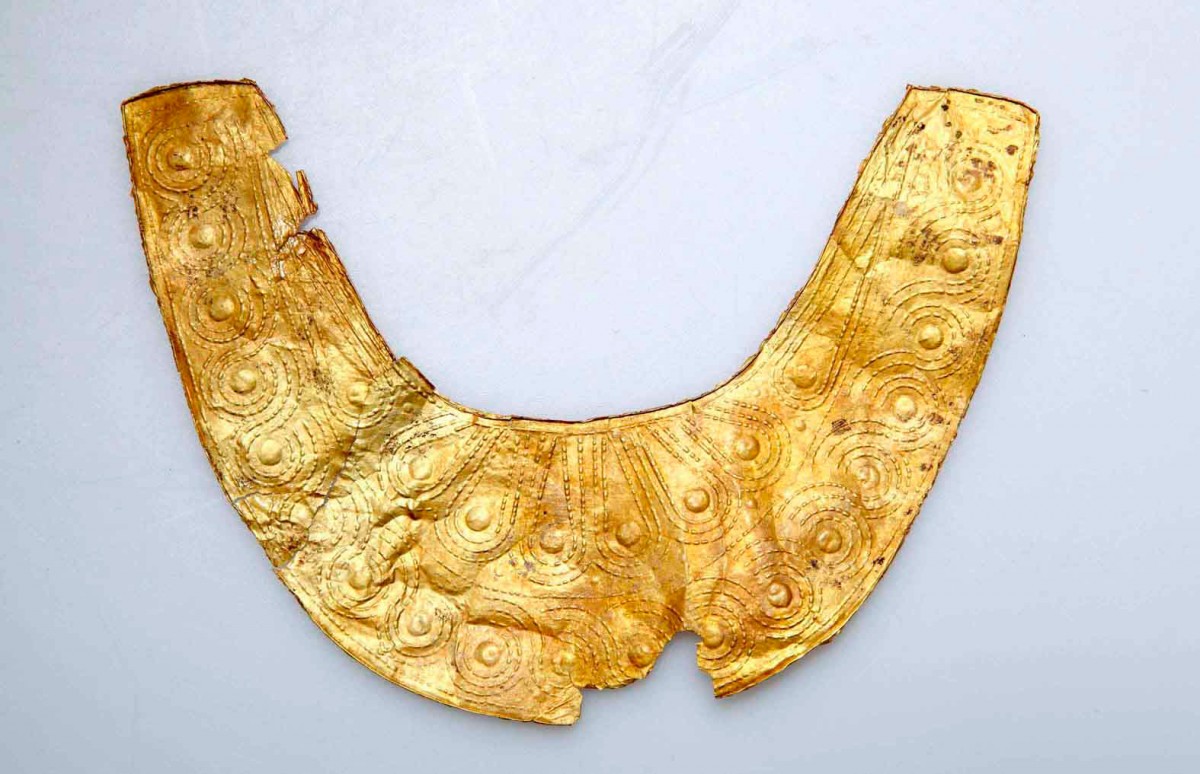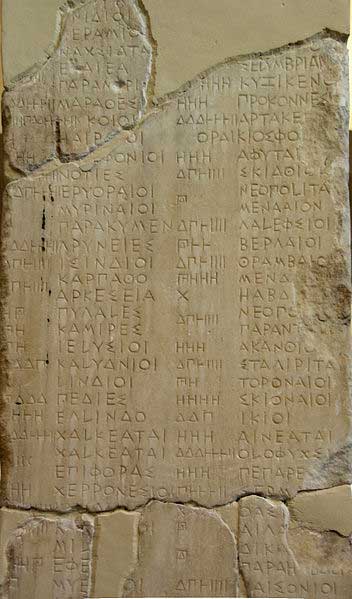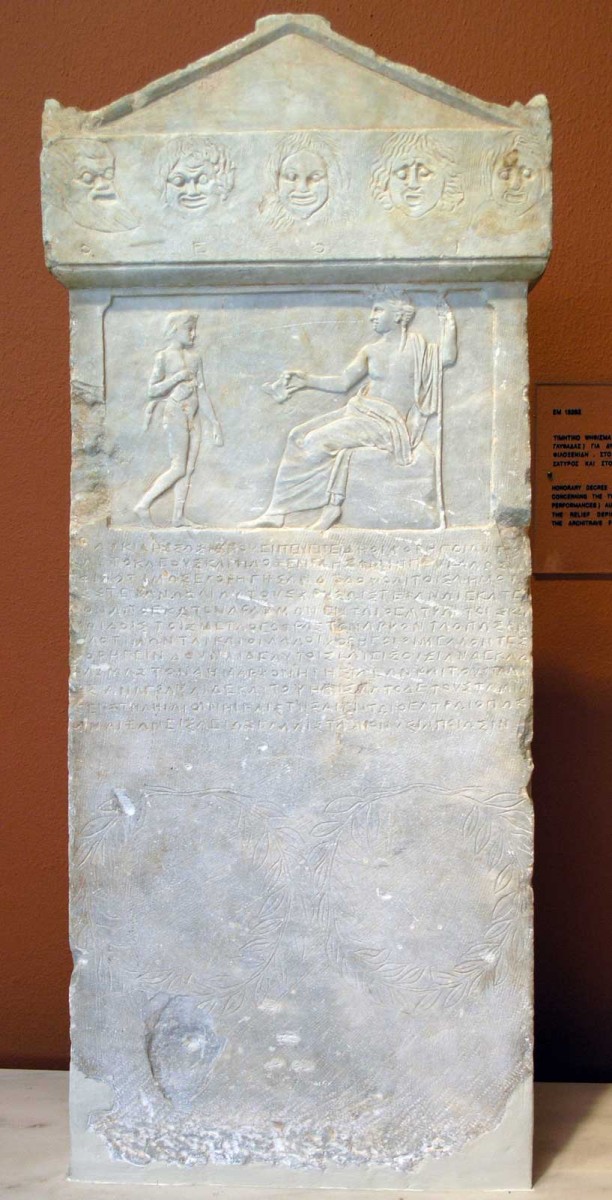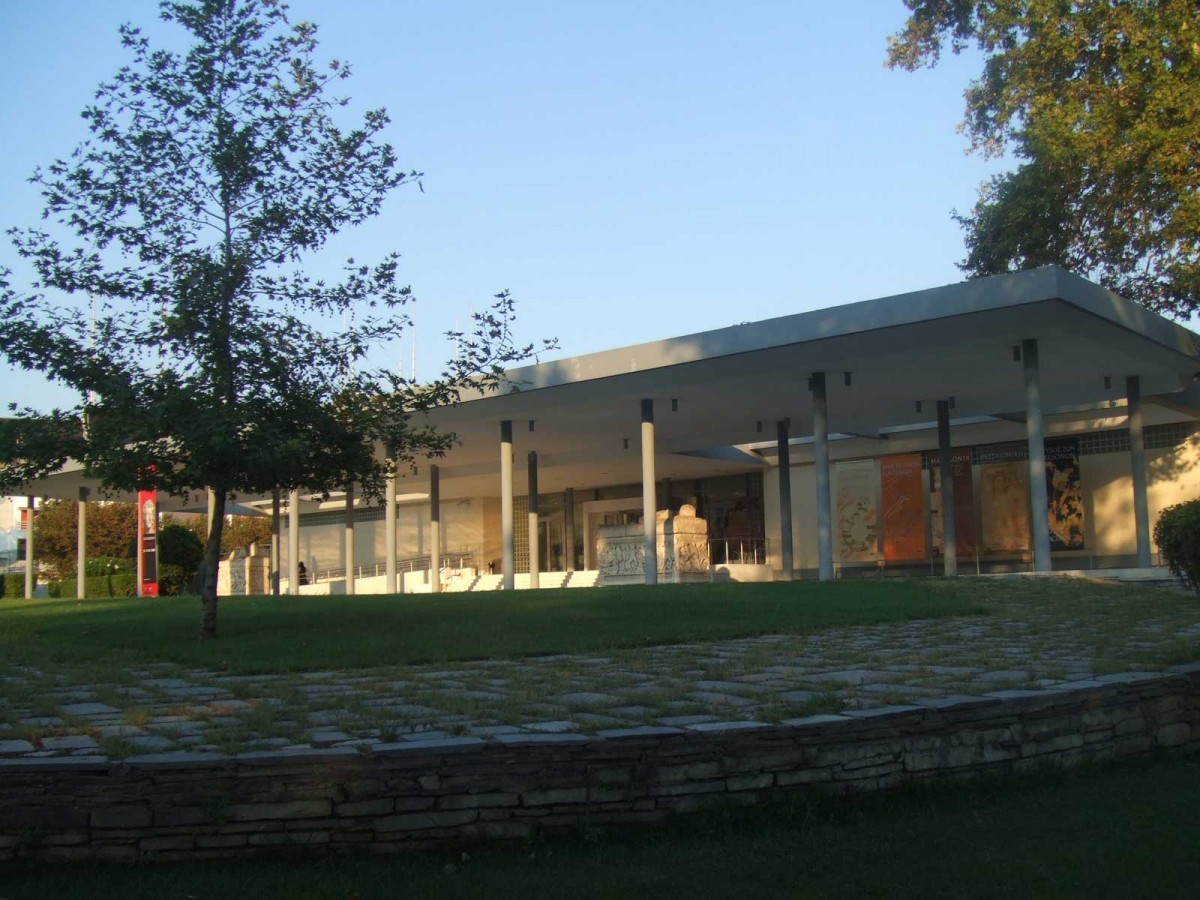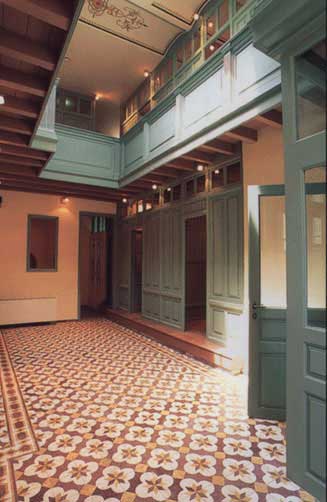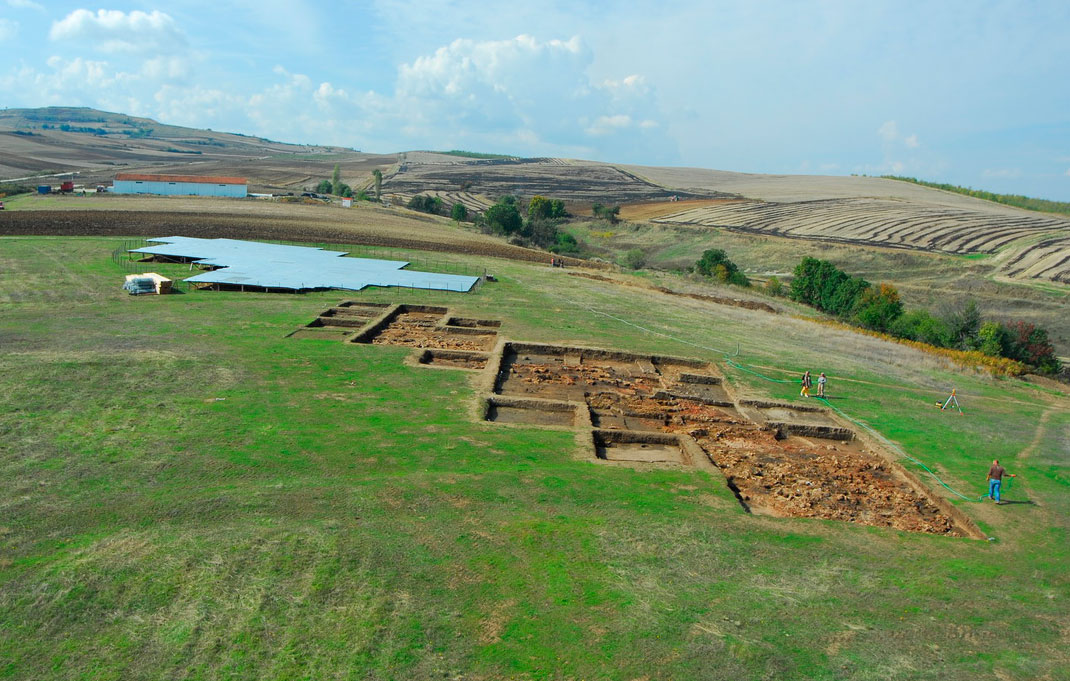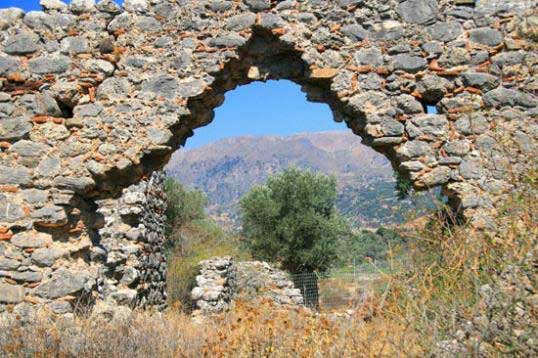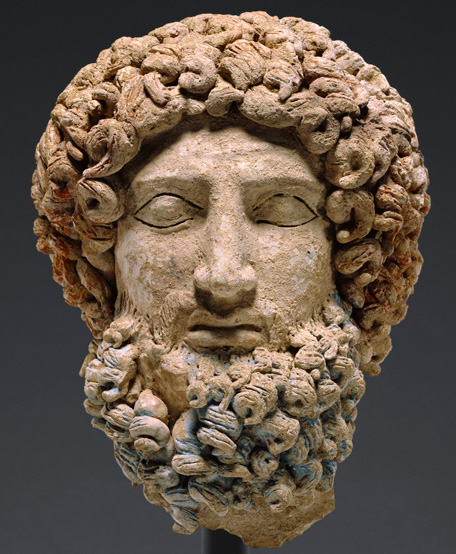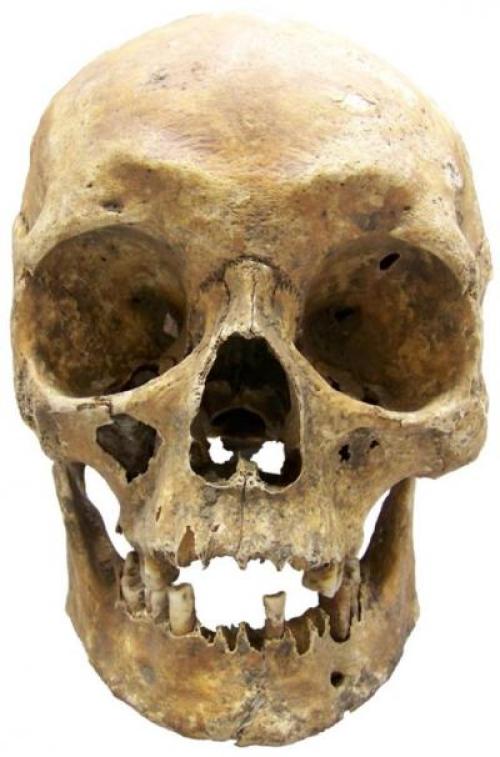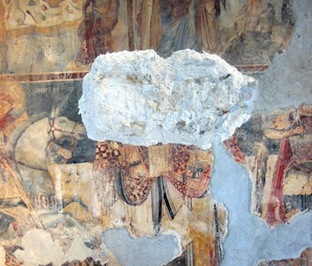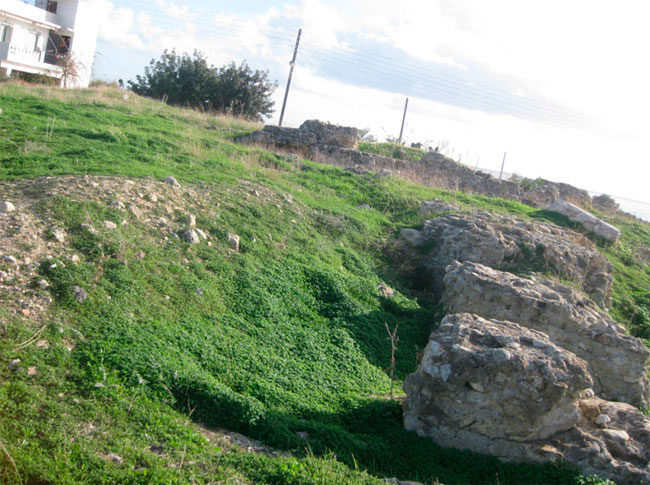Clarifications about Plato’s sacred olive tree
The General Directorate of Antiquities and Cultural Heritage clarified that Plato’s sacred olive tree has not been stolen to serve as firewood, as it was reported last week by local and international media.
A Mycenaean Sanctuary on Proph. Ilias at Mt Arachnaion in the Argolid
The 3rd meeting of the Mycenaean Seminary will be held on Thursday, 24th January 2013 at the Central Building of the University of Athens.
Martial Minoans?
Dr Barry Molloy of the University of Sheffield has discovered that the ancient Minoan civilisation had strong martial traditions, contradicting the commonly held view of Minoans as a peace-loving people.
2014 AIA and APA Joint Annual Meeting
The AIA 2014 Annual Meeting will be held in Chicago, IL at the Hyatt Regency Chicago Hotel from January 2-5, 2014.
Temple of Zeus partially reconstructed
The second phase of the restoration program of the Zeus' Temple at ancient Olympia by the German Archaeological Institute has been successfully completed at the end of November 2012.
The Treasure of the People of Marseilles
Exhibited for the first time outside Greece, 29 surviving fragments of the Treasure of Marseille are on view in the Puget chapel of Marseilles.
Extention of the exhibition “Picturing Anatolia”
The exhibition “Picturing Anatolia. The Photographs of John Henry Haynes” at the Gennadius Library will be extended until February 20, 2013.
The EUI Doctoral Programme
About 160 doctoral research grants are awarded annually by the EU member states and other European national authorities to successful candidates admitted to the EUI Doctoral Programme. Deadline for applications: January 31, 2013.
Guided tours of the “Princesses” exhibition
The Museum offers guided tours for English-speaking visitors.
Bookless library will open in Texas
Instead of aisles of books, “BiblioTech” will look more like an Apple store with aisles and aisles of computers.
6th Symposium of the HSA: Change of location
The Hellenic Society for Archaeometry (HSA) decided for the change of its 6th Symposium location and extend the deadline for submission of abstracts.
Glimpses of the “Princesses”
Arxaiologia Online chose to present two special artefacts showcased in the exhibition.
Attic inscriptions in English translation online
AIO is a new website designed to make available the inscriptions of ancient Athens and Attica in English translation.
EpiDoc Workshop
King's College London invites applications for a 4-day training workshop on digital text-markup for epigraphic and papyrological editing.
Archaeological Museum of Thessaloniki: Exhibitions open on rotation
The Archaeological Museum of Thessaloniki announces that from January 2013 until late March 2013, its exhibition halls will be open on rotation due to the limited number of personnel.
Fifty artists inspired by the myth of Aphrodite
More than 50 artists from Greece and abroad, inspired by the myth of goddess Aphrodite, present their works of art by using various expressive tools, such as words, chisels, notes, even pixels.
The prehistory of the Aegean
The Swedish Institute at Athens, in collaboration with Aegeus – Society for Aegean Prehistory, announces the launch of the Aegean Lectures.
23rd International Symposium of the Olympic Center for Philosophy and Culture
The XXIIIth International Symposium of the Olympic Center for Philosophy and Culture will take place from August 11-14, 2013, in Ancient Olympia and in Pyrgos, Elis, Greece.
The Palatial Centre at Monastiraki, Amari, Crete
The fourth lecture of the Minoan Seminar series 2012-2013 will be given by Athanasia Kanta.
Creative weekends for children at the Cycladic Art Museum
The Cycladic Art Museum offers a variety of programs for children in January.
Getty Announces the Return of Terracotta Head of Hades to Italy
Last Thursday, the J. Paul Getty Museum announced plans to “voluntarily return a terracotta head to Sicily representing the god Hades and dating to about 400-300 B.C.”
Hair and Eye Colour Can Be Determined for Ancient Human Remains
A new method of establishing hair and eye color from modern forensic samples can also be used to identify details from ancient human remains, finds a new study published in BioMed Central’s open access journal Investigative Genetics.
Removal of orthodox church’s wall painting set off protests
The violent removal of wall paintings dating back to 1554, made by the famous iconographer Onoufrios, from an orthodox church in Gjinari of Elbasan, caused a series of reactions.
Excavating the ancient theatre of Hierapetra
We owe the fullest up to this day description of the big theatre to the traveler Onorio Belli who in 1586 reports that the theatre was dug in a mound and that its scene was richly adorned with columns, entablatures and other decorative elements.
